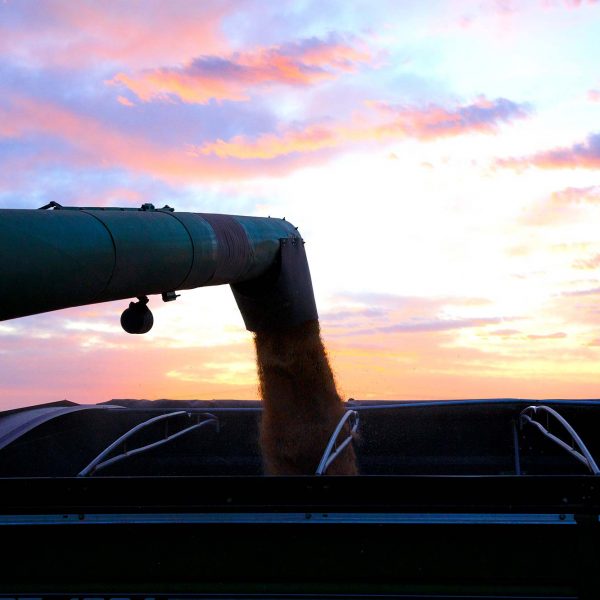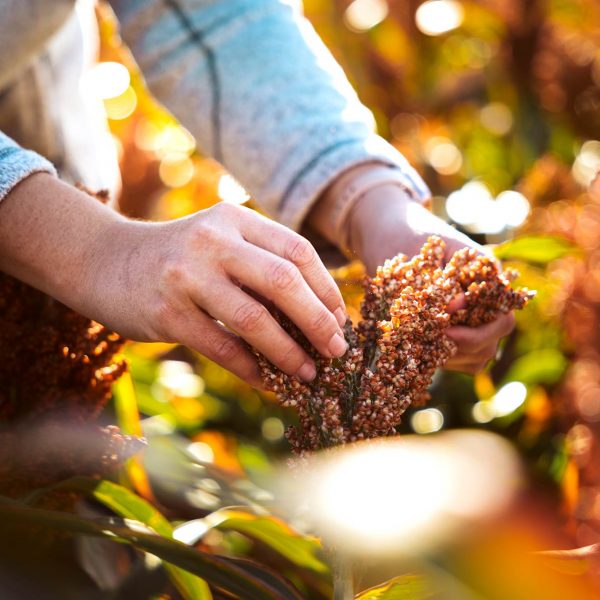Sorghum Weed Control during a Drought
MAFG/HP April 2022
Sorghum Weed Control during a Drought
Brent Bean, United Sorghum Checkoff Director of Agronomy
Drought causes all kinds of issues on the farm and very few of them are good. One of the issues is weed control. Unfortunately, many of the most problematic weeds are very drought tolerant and will germinate, emerge and survive on very little water. To make matters worse, herbicides typically do not work as well under drought conditions.
As any good agronomist will tell you, the best weed is one that never emerges. This means the use of a good preemergence herbicide is essential and is especially important in sorghum where postemergence herbicides are limited. For a PRE-emergent herbicide to work, it must first be carried into the soil and be placed in close proximity to the germinating weed seed. Rain or mechanical incorporation is required. In no-till and minimum till systems, rain is much preferred to transport the herbicide. Depending on the soil type, previous crop residue present, soil moisture and herbicide, it generally takes 0.25 to 0.5 inches of rain to adequately move the most common sorghum herbicides sufficiently into the soil.
A common question is, “How long can a preemergence herbicide remain on the soil surface before it degrades to the point of no longer being effective?” Again, this depends on a number of factors but the short answer among most weed scientists is about two weeks. After a few days with no rain and none in the forecast, consider light tillage to incorporate at least some of the herbicide. If this is not an option, after two weeks it may be necessary to apply a second application of preemergence herbicide, but consider a reduced rate to supplement the initial application. Although they are not often used this way, four of the most common preemergence herbicides–atrazine, s-metolachlor (Dual, Metal, etc), acetochlor (Warrant) and dimethenamid (Outlook)–can be applied after the crop has emerged. However, keep in mind that of these four herbicides, only atrazine has any postemergence activity on emerged weeds. These preemergence herbicides will still need water to move into the soil.
Once the herbicide is in the soil, there must be enough water present to keep it ‘activated.’ Germinated weeds take up herbicide that is in the soil water, not when the herbicide is absorbed to the soil particles. The higher the soil water content, the more herbicide will be in the water and available for weed control.
Unfortunately, the postemergence herbicides are also not as effective under drought conditions. Herbicides, like glyphosate, 2,4-D, dicamba and fluroxypyr, must be translocated in the plant to be effective. Stressed plants have reduced translocation; in addition, the leaves often have a thicker, waxy cuticle creating more of a barrier for herbicide absorption into the plant. Contact herbicides, such as Paraquat, Moxy, Aim or Huskie, may be more effective under these conditions. When weeds are stressed, use the highest labeled rate and high quality adjuvants, regardless of the herbicide.
Always keep in mind that smaller weeds are much easier to control than larger ones and this is especially true under drought conditions.




